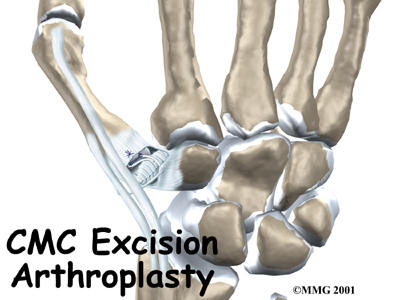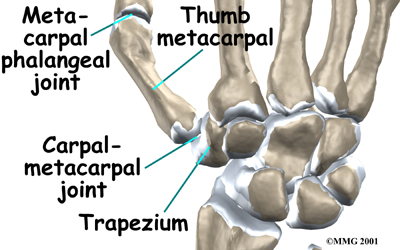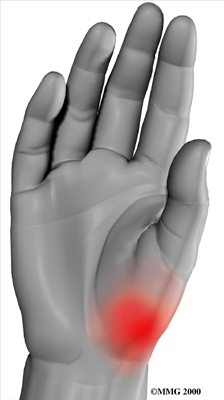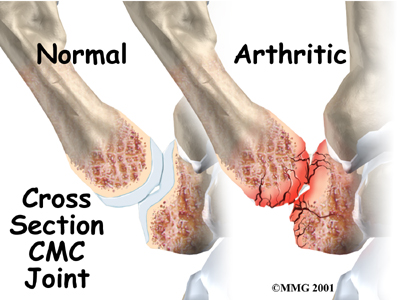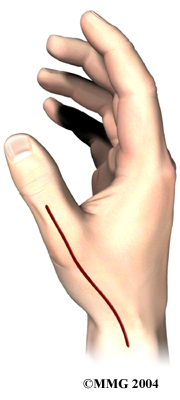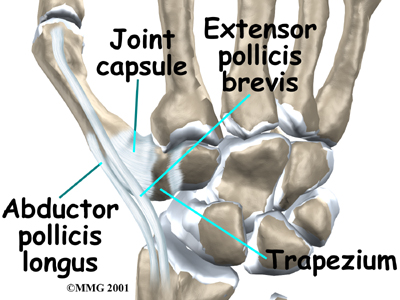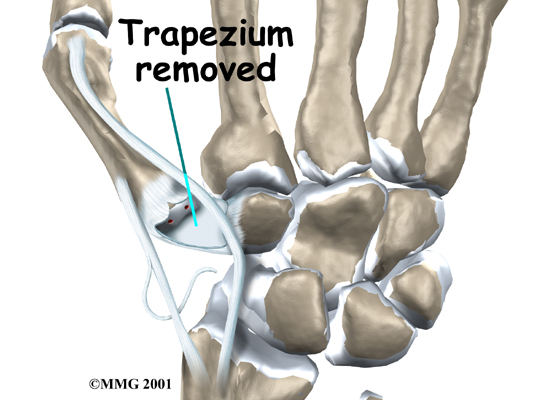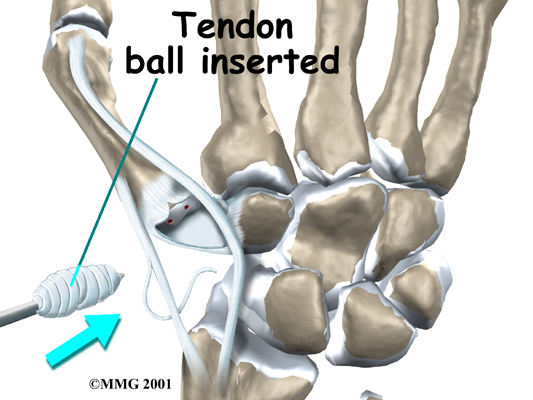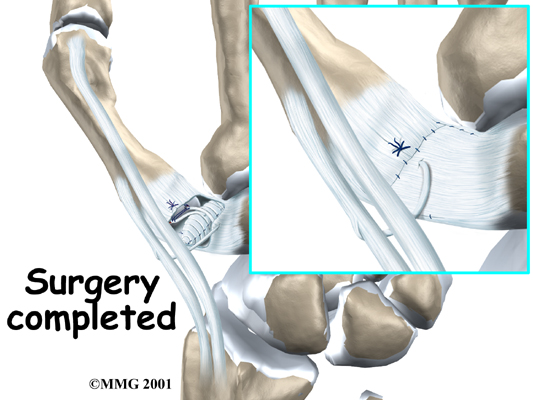What should I expect during my recovery period?
After surgery, you'll wear a thumb brace for up to six weeks to give the repair time to heal. Then you will be able to begin your physical therapy recovery program. Although the time required for recovery varies, it is likely that you will need to attend therapy sessions for one to two months, and you should expect full recovery to take up to four months.
Our first few physical therapy treatments will focus on controlling the pain and swelling from surgery. We may use heat treatments, gentle massage and other hands-on therapies to ease muscle spasm and pain.
Our physical therapist will have you begin gentle range-of-motion exercise. Then we will use strengthening exercises to provide added stability around your thumb joint. We will also instruct you in ways to grip and support items in order to do your tasks safely and with the least amount of stress on your thumb joint. As with any surgery, you need to avoid doing too much, too quickly.
Some of the exercises you'll do are designed get your hand and thumb working in ways that are similar to your work tasks and daily activities. Our physical therapist will help you find ways for you to do your tasks that don't put too much stress on your thumb joint. Before your physical therapy sessions end, our physical therapist will teach you a number of ways to avoid future problems.
At STAR Physical Therapy, our goal is to help speed your recovery so that you can more quickly return to your everyday activities. When your recovery is well under way, regular visits to our office will end. Although we will continue to be a resource, you will be in charge of doing your exercises as part of an ongoing home program.
STAR Physical Therapy provides physical therapy services in Fairport and Rochester.
Portions of this document copyright MMG, LLC.
